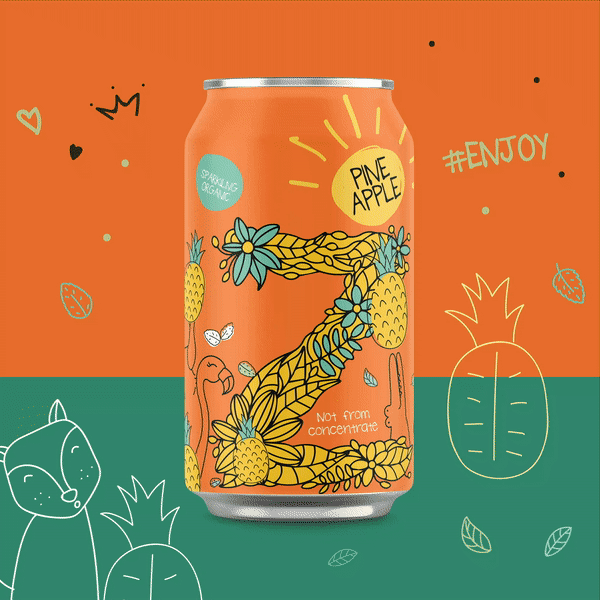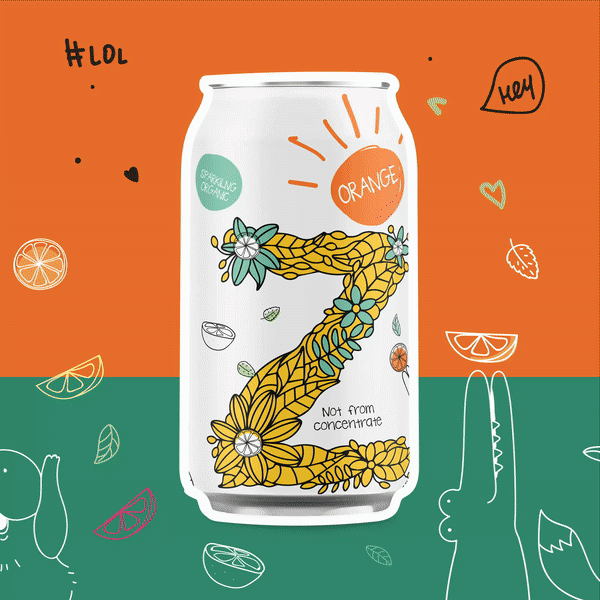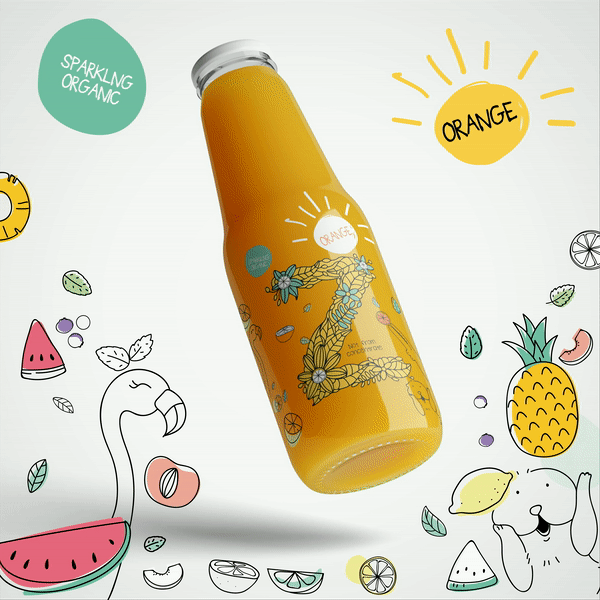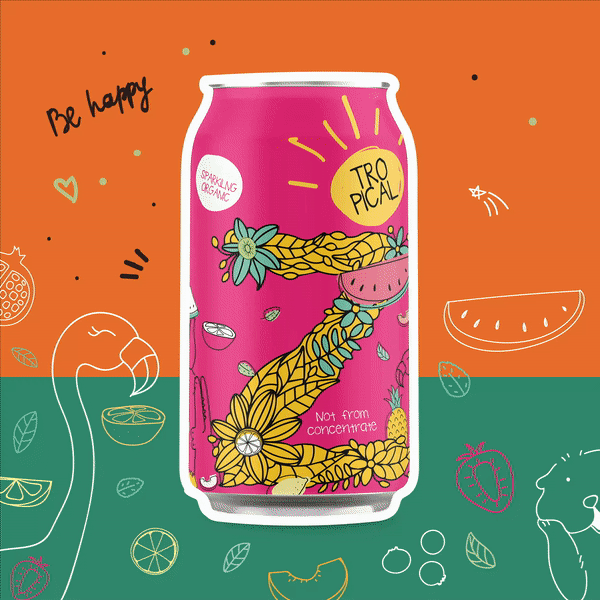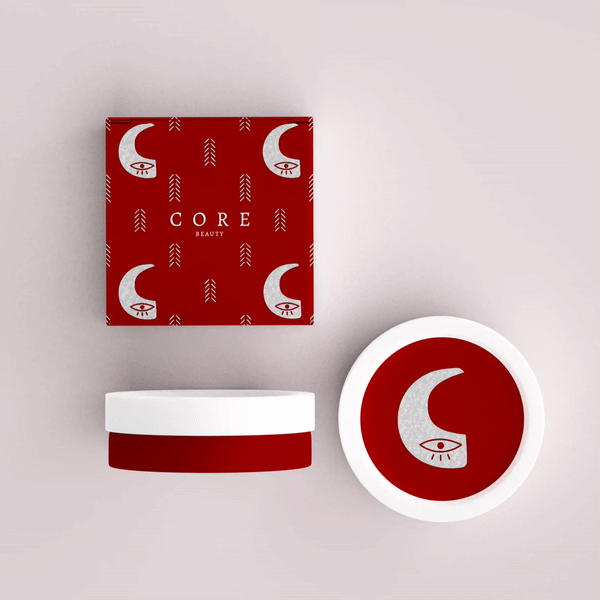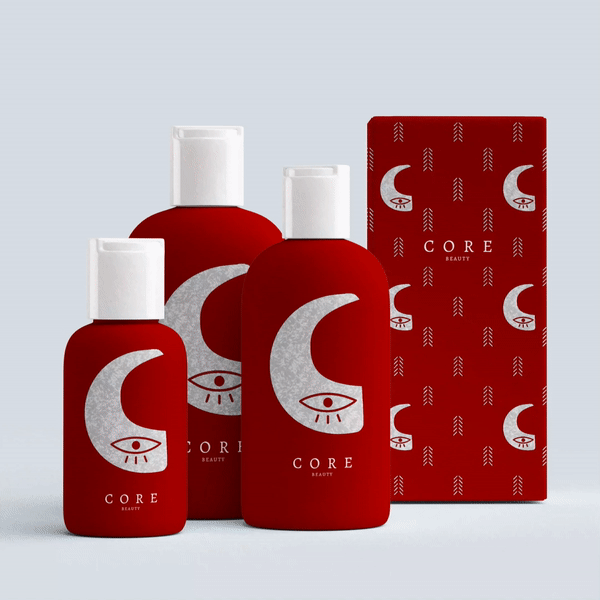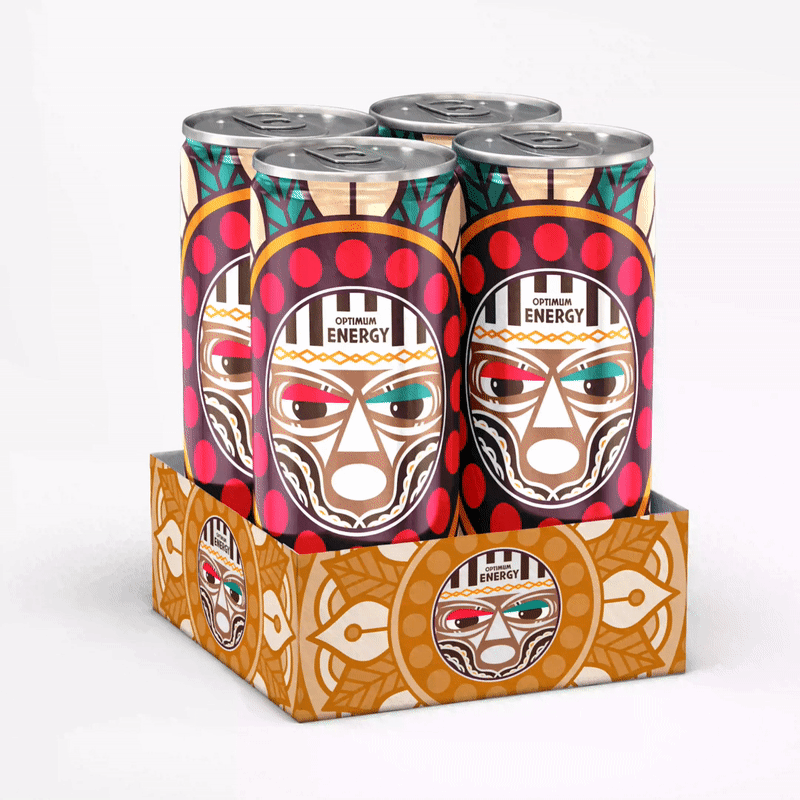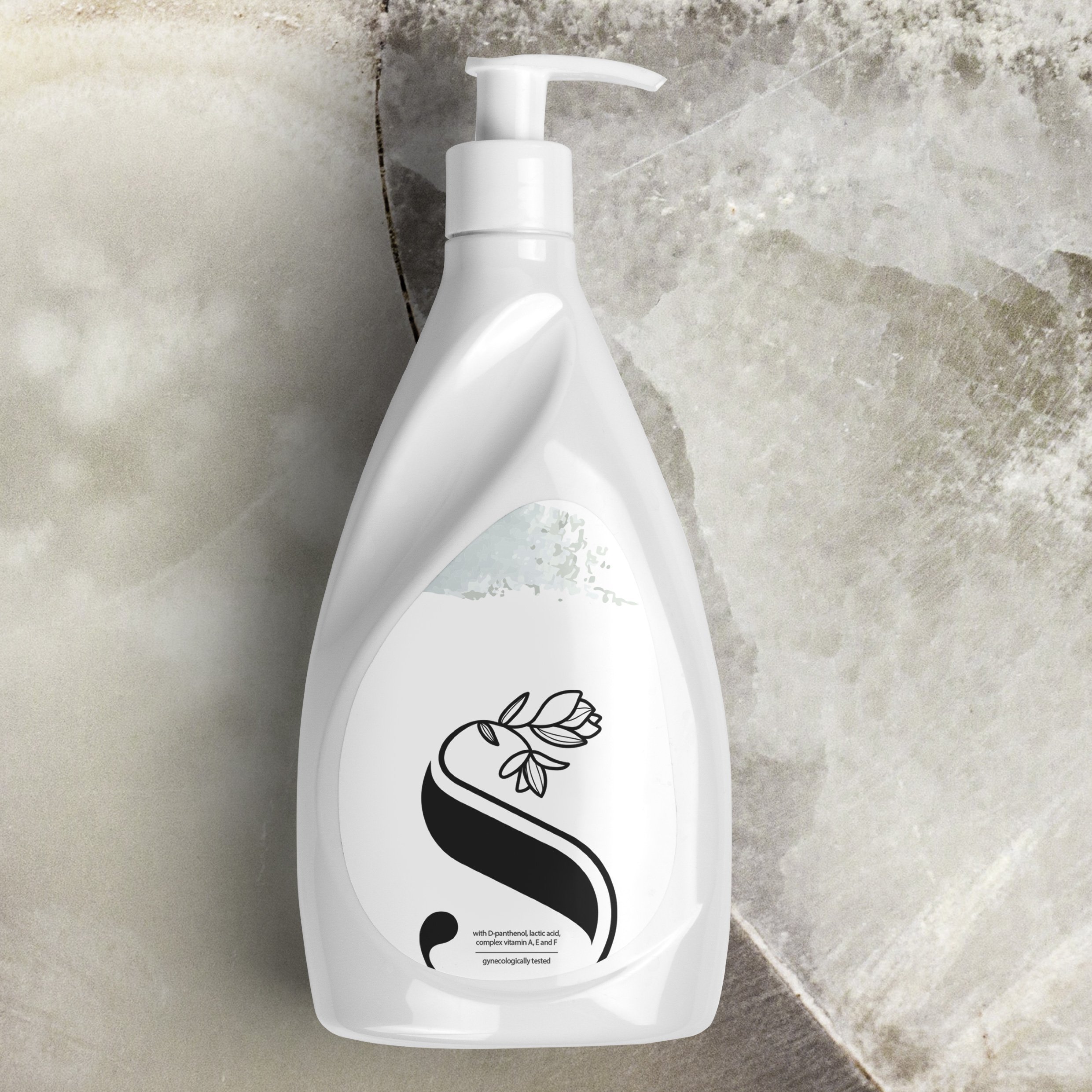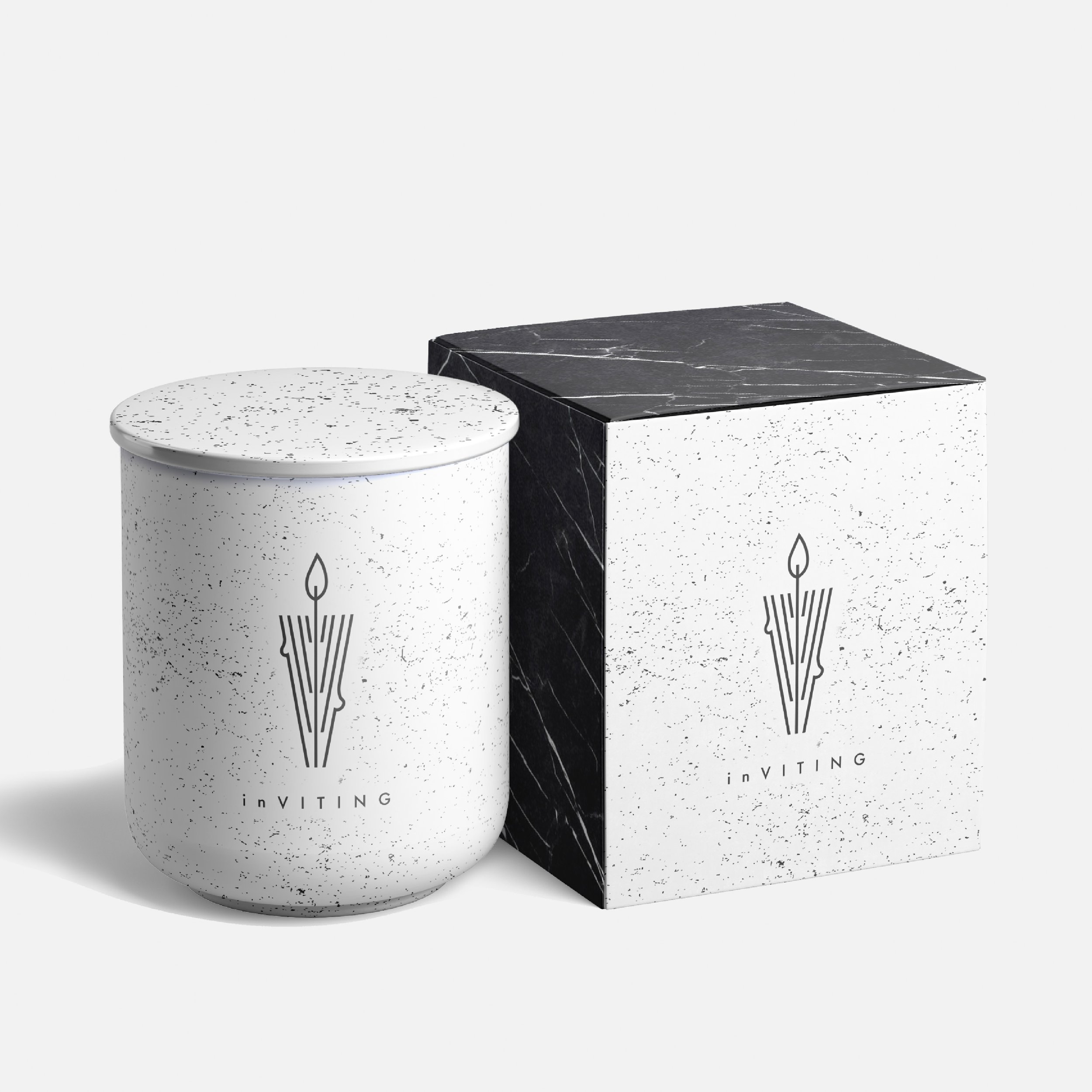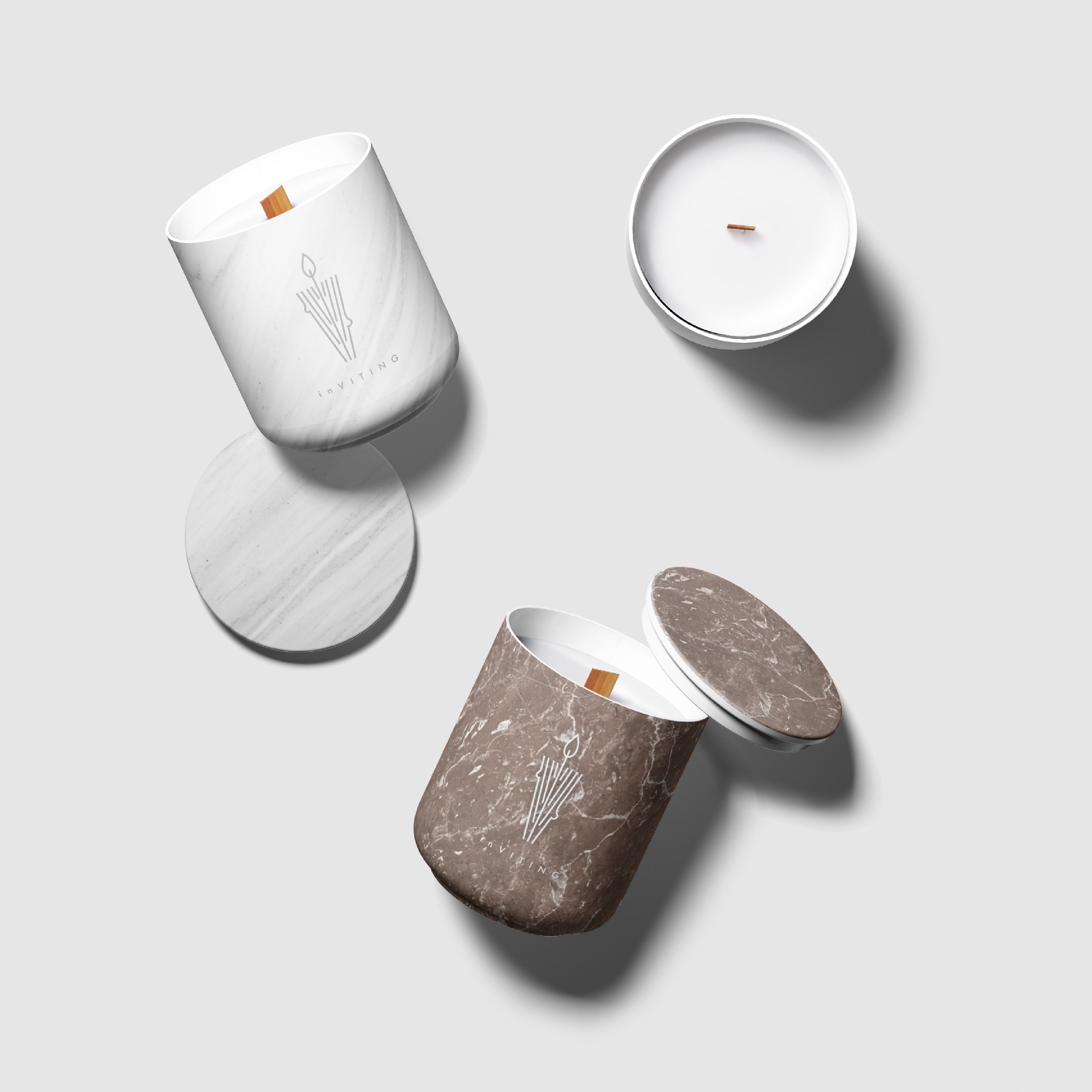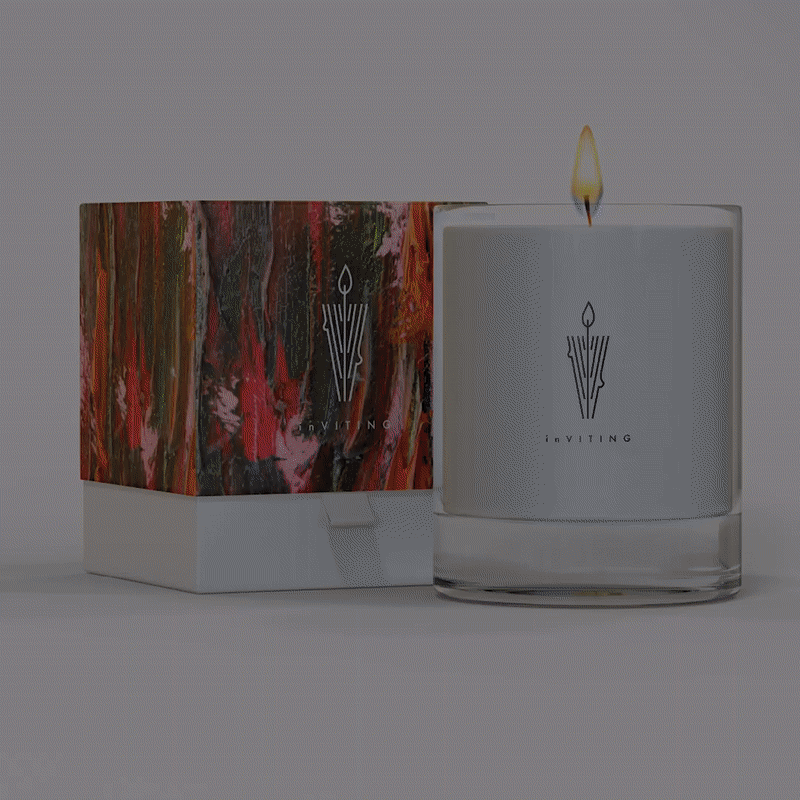Sample Packaging Design
Working on packaging design projects, here are some tips and guidelines to keep in mind:
Understand the target audience: The packaging design should be tailored to the target audience. Consider factors such as age, gender, interests, and buying habits when choosing colors, typography, and design elements.
Consider the product and its packaging: The packaging design should reflect the product inside and its packaging. For example, a premium product might require a more luxurious packaging design, while a sustainable product might require eco-friendly packaging.
Keep it simple: A cluttered design can be overwhelming and detract from the product inside. Keep the packaging design simple and easy to understand. Use a clear hierarchy of information, and make sure important information is easy to find.
Use high-quality images: High-quality images are essential for packaging design. Use images that accurately represent the product, and make sure they are high-resolution. Product photography should be consistent across the entire product line.
Think about the user experience: Consider the user experience when designing the packaging. Is it easy to open and close? Is it easy to use and store? Think about how the packaging will be used and make sure it's as user-friendly as possible.
Be innovative: Stand out from the competition by being innovative with the packaging design. This could be a unique shape or material, an interesting opening mechanism, or a creative use of typography and color.
Test it out: Before finalizing the design, test the packaging out by creating a prototype and seeing how it looks and feels. Get feedback from colleagues or focus groups, and make any necessary changes to improve the design.
Remember, a good packaging design should accurately reflect the product inside, appeal to the target audience, and provide a positive user experience. By following these tips, you'll be well on your way to creating successful packaging design projects.








